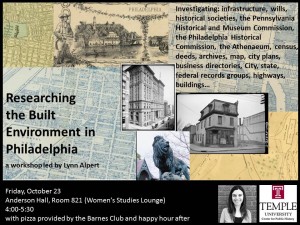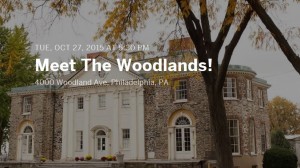Guest post by Mary O’Neill, MA Public History ’15
My journey with the National Park Service began at Independence National Historic Park in May of 2015, two weeks after finishing my Masters in Public History at Temple University. 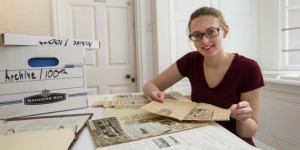 Since then I have worked seasonal positions at Joshua Tree National Park, Saugus Iron Works National Historic Site (co-managed with Salem Maritime National Historic Site), and did a short stint at Death Valley National Park. These NPS units protect a diverse array of natural and cultural resources. They are as varied in their physical size and visitation as they are in the resources they protect.
Since then I have worked seasonal positions at Joshua Tree National Park, Saugus Iron Works National Historic Site (co-managed with Salem Maritime National Historic Site), and did a short stint at Death Valley National Park. These NPS units protect a diverse array of natural and cultural resources. They are as varied in their physical size and visitation as they are in the resources they protect.
My positions have been in the Interpretation and Education division as a uniformed Park Guide and Park Ranger (essentially the same position). My primary duties involve interacting with the public and have included leading tours and educational programs, operating visitor centers, and roving. I have been fortunate to pick up extra duties such as being a web author for Saugus Iron Works and helping develop a media database for Joshua Tree.
When I first arrived at Independence NHP the amount of information to learn and scale of the crowds were overwhelming. Some of my previous experience in public libraries helped in communicating with the public. My public history courses were valuable in helping me think about how the visitors connect to the history in different ways. Dealing with the crowds and public speaking in front of large groups were my biggest challenges, and only after repeated exposure to the crowds did I become comfortable in them. After five months I traded interpreting the Liberty Bell, Constitution, and Declaration of Independence for interpreting mining, ranching, and homesteading in the California desert.
In moving from a historic-centric park to a nature-centric park, I have had to remind myself how my training in history determines how I analyze information. The questions that I find important and my logical process can be different than someone trained in the sciences. Learning about the geology and animals and plants of the desert was a little like learning Martian at first. However, some experiences are transferable from seemingly disparate parks. My experience with crowds at Independence NHP was helpful in coping with Joshua Tree’s record-breaking visitation. The next job took me back east again, this time interpreting the industrial history of early colonial Massachusetts.
The Saugus Iron Works is smaller and revolves more around the local community than larger parks. Many visitors are descendants of the iron workers and some remember the reconstruction of the iron works as an important town event. The more personal relationship that people had with the park in addition to the generally smaller tour sizes made my programs at Saugus feel more intimate than they had before. Now that I am back at Joshua Tree, I have found myself cross-referencing the histories of the different parks: discussing how industrialization and land use in both seventeenth century New England and twentieth century California have affected the ways that those places developed to the present. Moving from park to park is a never-ending learning process and those moments where I can connect with visitors from different places and backgrounds is the most rewarding thing I do.
There are multiple routes toward working with the NPS. Federal positions, posted on USAjobs, are one way to go. The online applications are very specific and federal resumes need to be more detailed than average. For students interested in applying I would recommend getting exposure to the parks as early as possible, even through volunteering a few hours a week. For those interested in interpretation, completing the online Eppley courses in interpretation can help; some job postings will specifically ask in the questionnaires if you have taken these courses. For students, you can consider the Pathways program, but even this is very competitive. Many people start out with the Student Conservation Association (they have positions at historic sites!), AmeriCorps, or other organizations that partner with the parks. For example, there are people who work for the Great Basin Institute at Joshua Tree and for Essex Heritage at Saugus Iron Works. Never get disheartened!
Since beginning to work with the National Park Service I have grown to understand it a very small organization. I have yet to move to a park where someone did not know someone else I have worked with at a different location. The resulting organizational culture is close-knit, and can seem insular at times. There are cons to this, but one pro is that most NPS employees are extremely dedicated to one another and to their jobs. Working in different locations and thinking about the different histories that each park represents has added an additional perspective to my own preconceptions of the history of the United States and the role of the NPS. Being a seasonal Park Ranger is an uncertain life. I do not know where I will be in six months, but I am looking forward to what I will learn along the way.
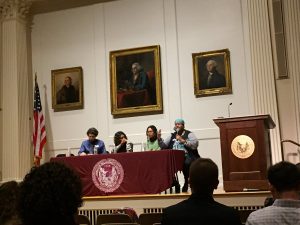 and Chelsea Reed were key in organizing this year’s annual PucComm (Public History Communtity Forum) conference for Philadelphia’s public history communities and students, held at the American Philosophical Society on March 8.
and Chelsea Reed were key in organizing this year’s annual PucComm (Public History Communtity Forum) conference for Philadelphia’s public history communities and students, held at the American Philosophical Society on March 8. 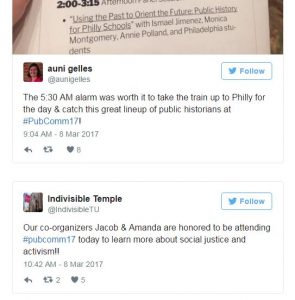

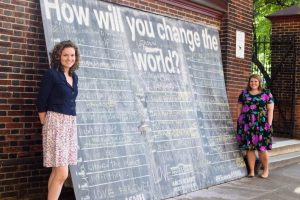
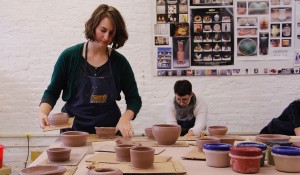
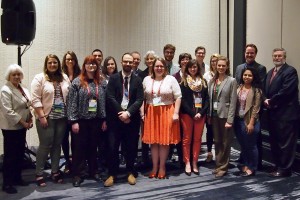
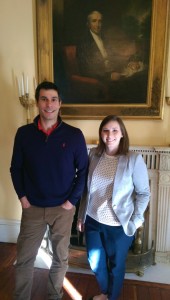
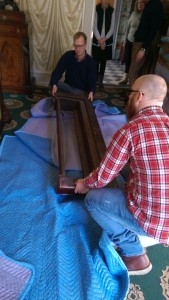
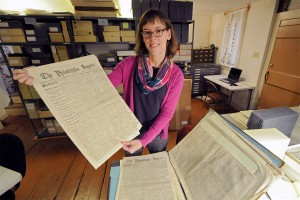
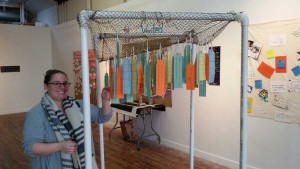 Erin Bernard’s new History Truck project is also making the news, as it collects new oral histories, art, and material culture in Philadelphia’s Chinatown. Check out
Erin Bernard’s new History Truck project is also making the news, as it collects new oral histories, art, and material culture in Philadelphia’s Chinatown. Check out 